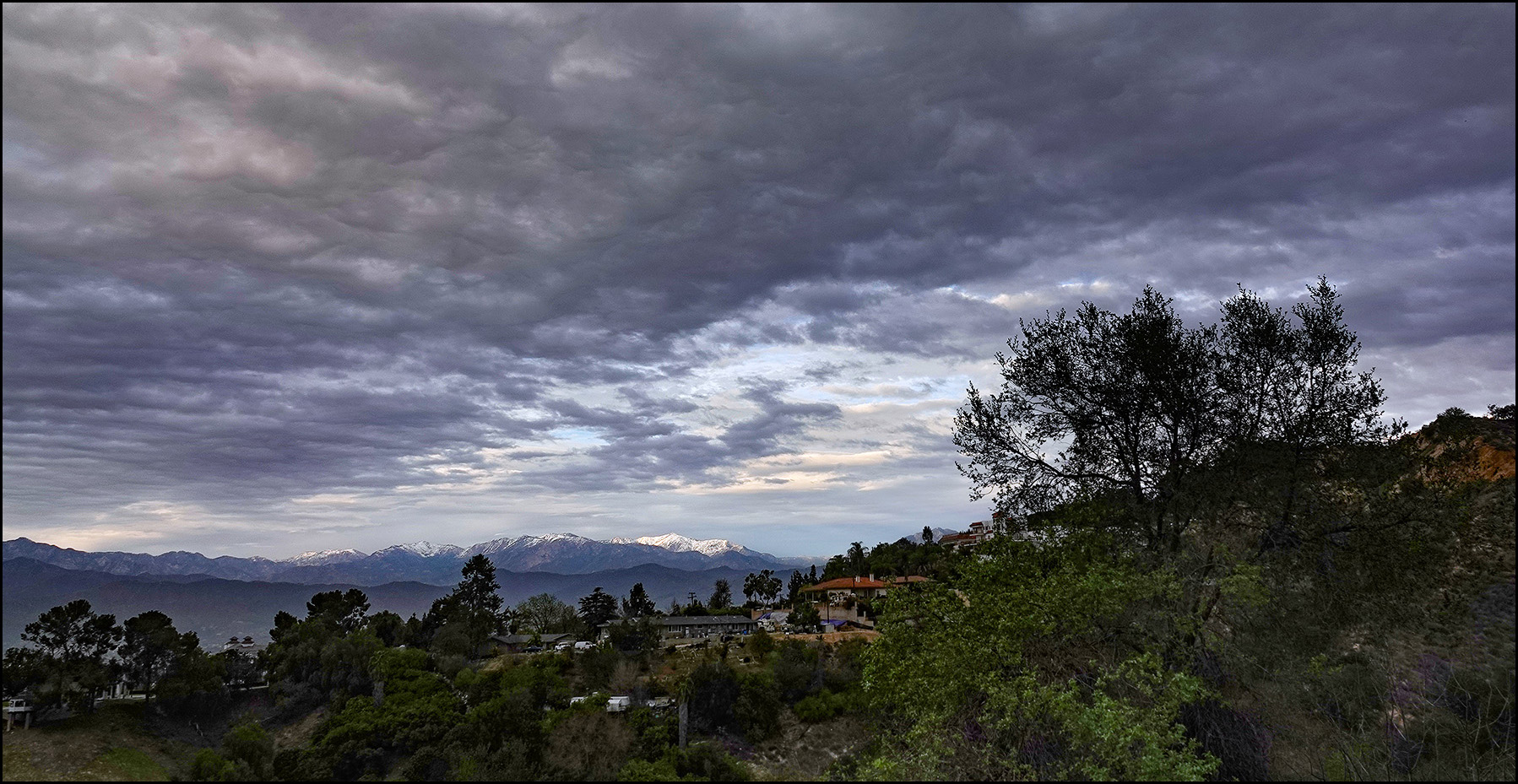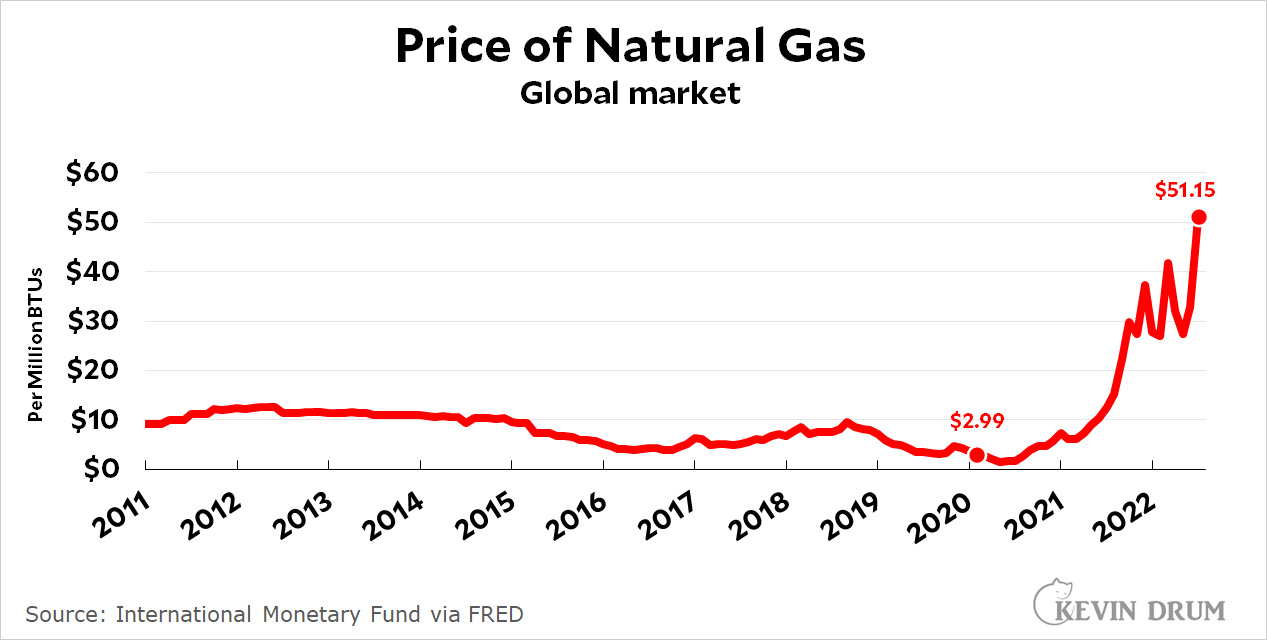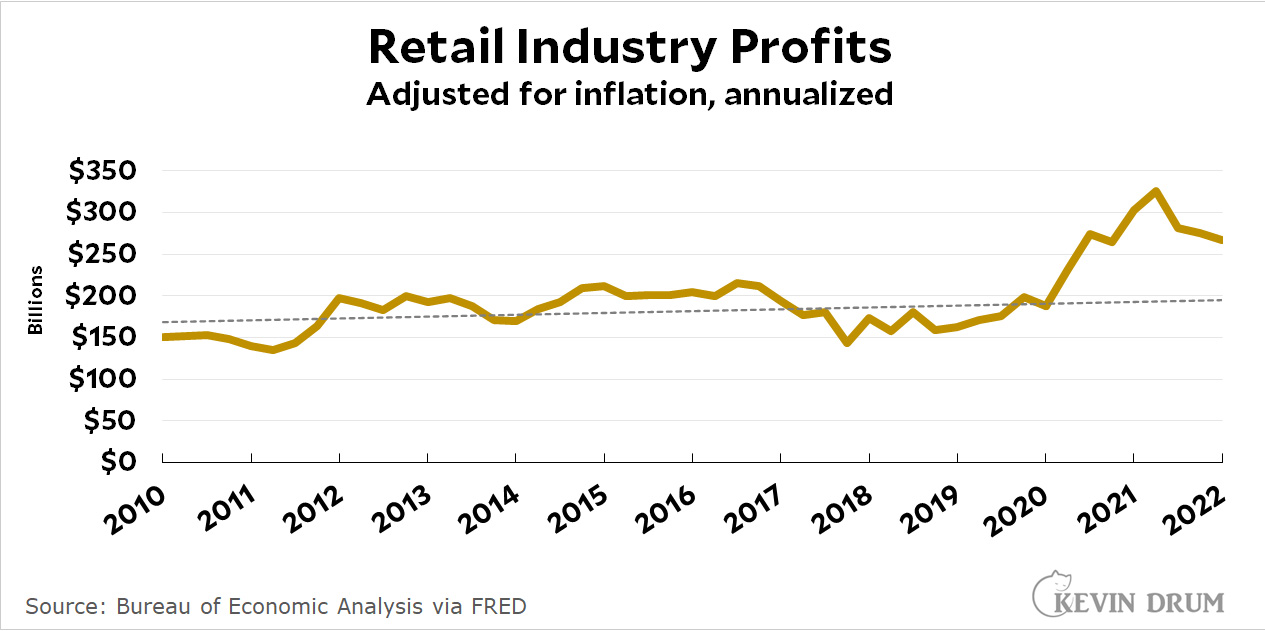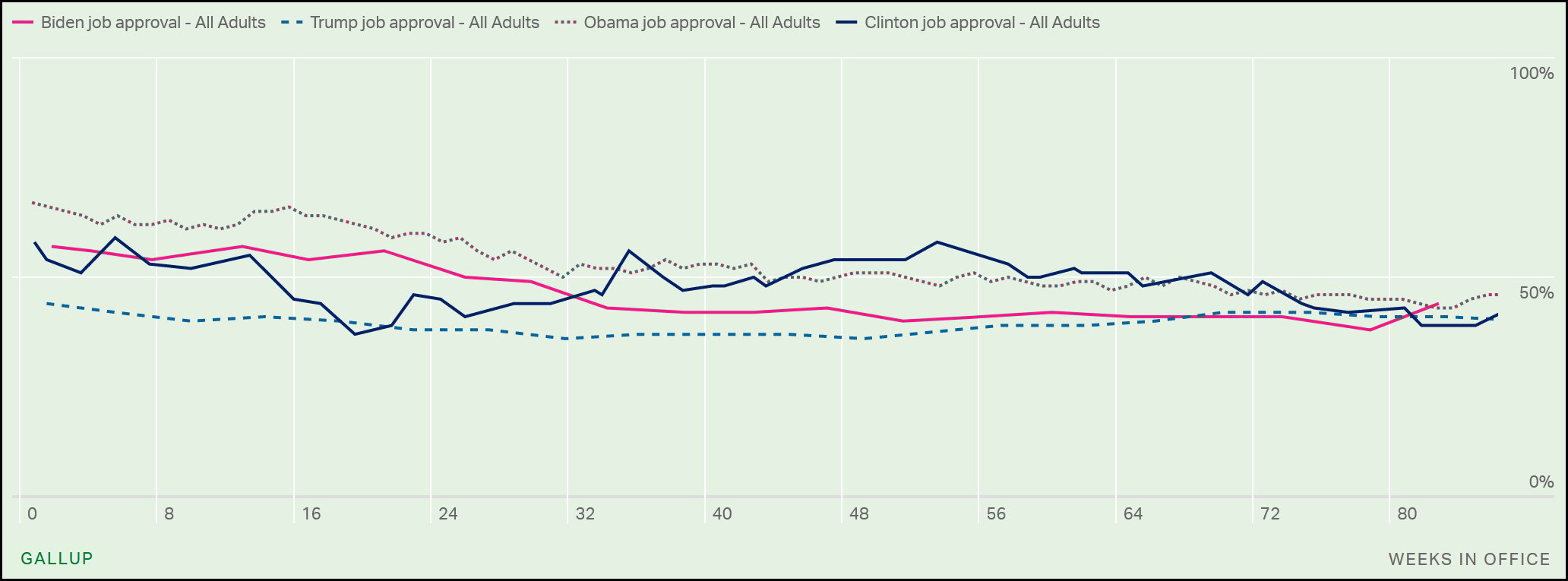Diane Ravitch points us to a new study from Paul Peterson and Danish Shakeel that takes a look at student achievement over the past 50 years:
Our data consist of more than 7 million student test scores on 160 intertemporally linked math and reading tests administered to nationally representative samples of U.S. student cohorts born between 1954 and 2007.
....We estimate trends separately by testing program, subject, and grade level and report the median rather than average result to avoid giving undue importance to outliers.
We report changes in student achievement over time in standard deviation units....We interpret a difference of 25 percent of a standard deviation as equivalent to one year of learning.
That's all fine, but the news is not quite as good as their study suggests. As usual I'll focus on reading since that's more representative of general learning:
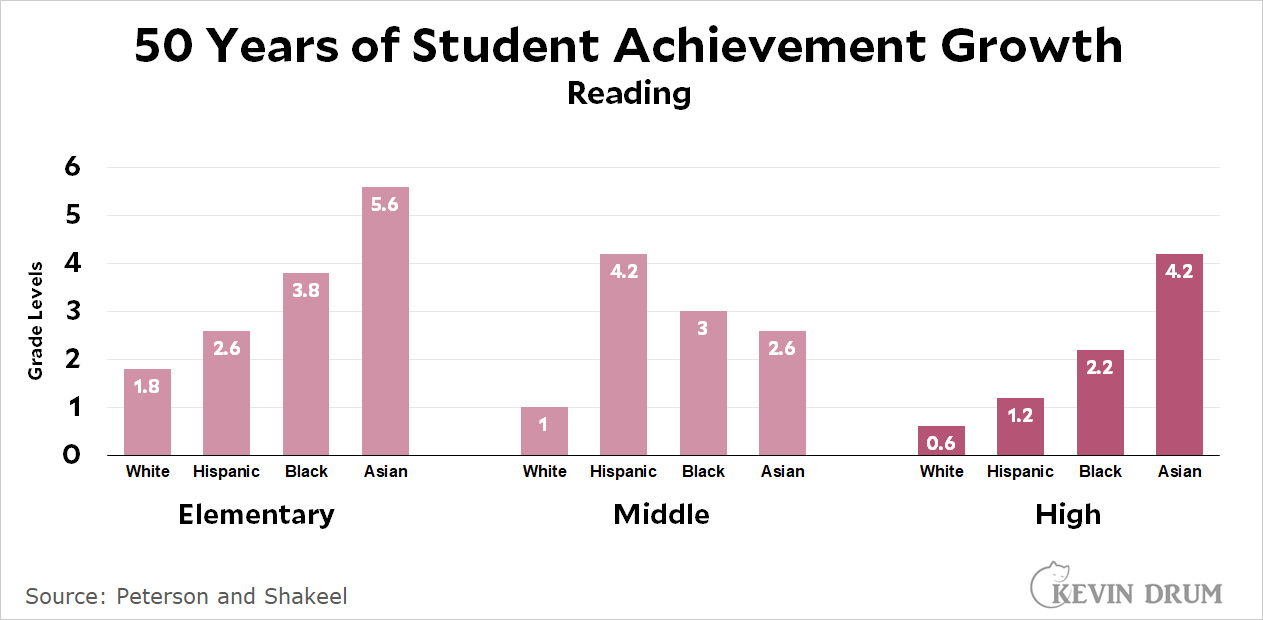 Here's the key thing to look at: gains in elementary school don't matter unless they're sustained throughout the entire 12 years of primary schooling. In the end, the only thing that matters is how well kids are doing by the time they graduate and enter the workplace.
Here's the key thing to look at: gains in elementary school don't matter unless they're sustained throughout the entire 12 years of primary schooling. In the end, the only thing that matters is how well kids are doing by the time they graduate and enter the workplace.
So take a look at high school. Over the course of 50 years, white kids have improved by 0.6 grade levels. That's barely noticeable.¹
The results for Black kids are more impressive at first glance: they've improved by 2.2 grade levels. However, the bulk of that improvement came in the first two decades of our 50-year period. Peterson and Shakeel don't present their data over time, but of the five tests they use in their analysis only one goes back 50 years: the long-term NAEP. Here's what that test shows:
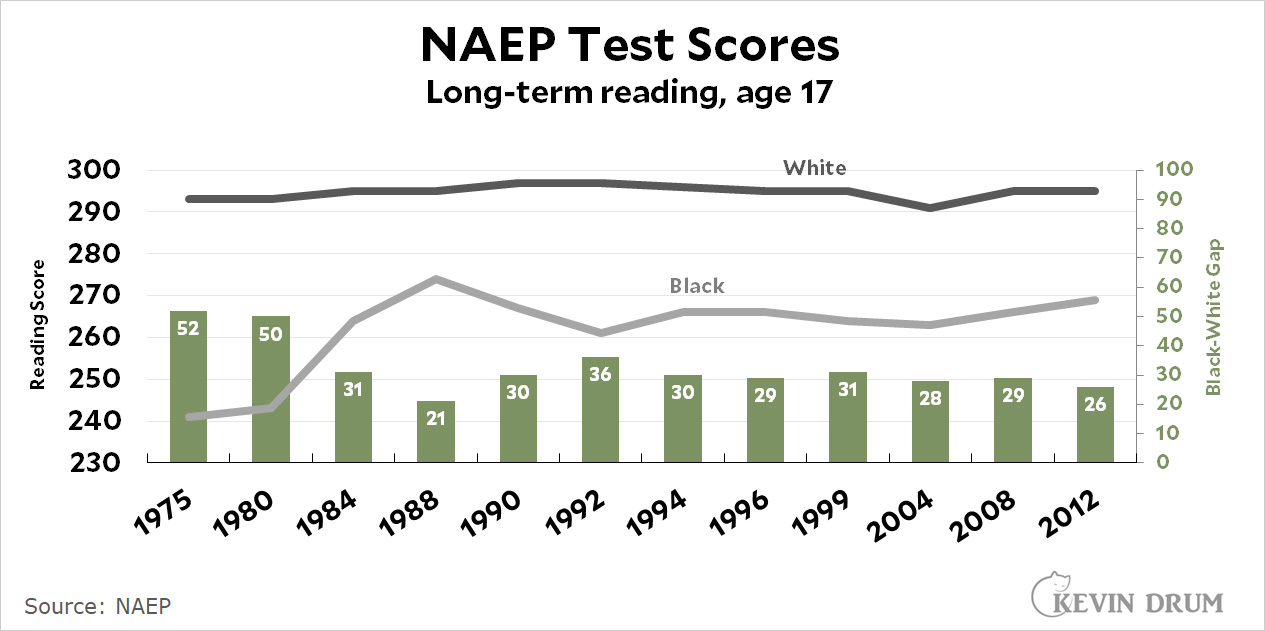 Black students made big gains in the '80s, but since 1990 the Black-white gap (shown by the green bars) has been nearly flat.²
Black students made big gains in the '80s, but since 1990 the Black-white gap (shown by the green bars) has been nearly flat.²
And in case you're wondering, ending the chart at 2012 is not a typo. For some reason the NAEP folks haven't conducted the long-term test for 17-year-olds since then. I don't know why. However, in 2020 we got results for 13-year-olds and the Black-white gap had widened compared to 2012. There's every reason to think the same thing happened among 17-year-olds.
¹Though it's certainly better than a decline, which is what an awful lot of people believe has happened in primary education ever since the hippies took over.
²Since 1990, the average score for white kids has gone down two points and the average score for Black kids has gone up two points. That's basically nothing.
